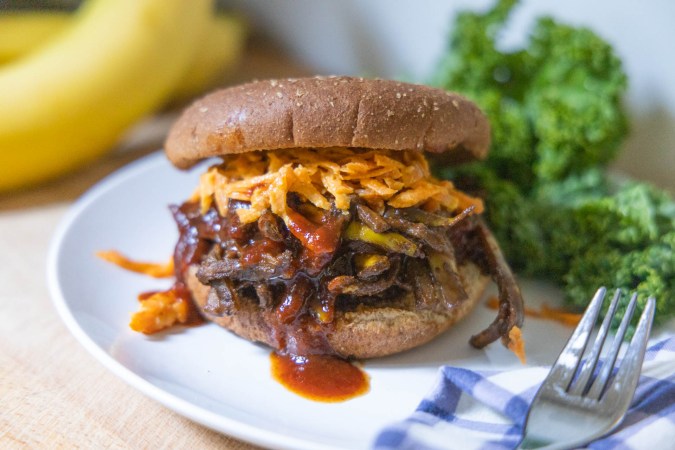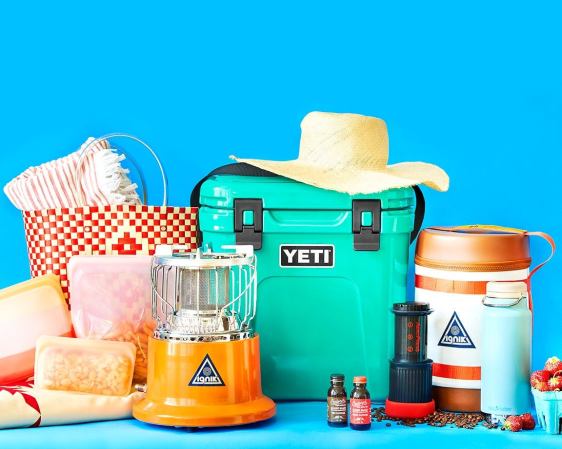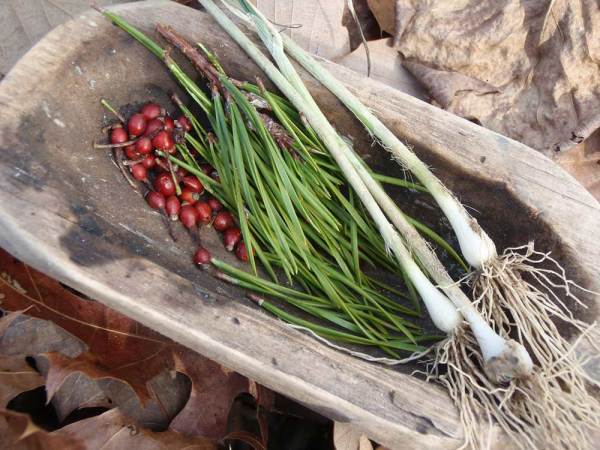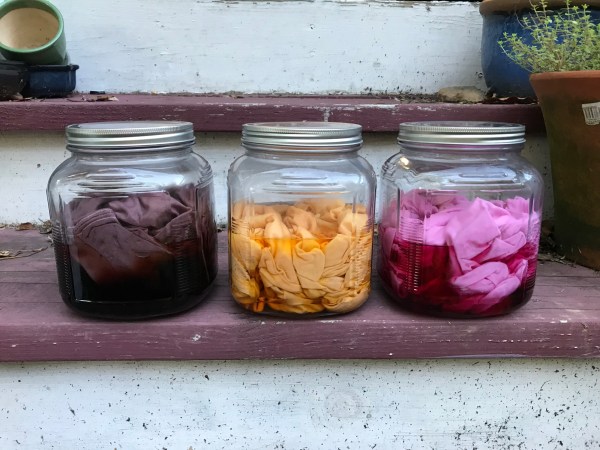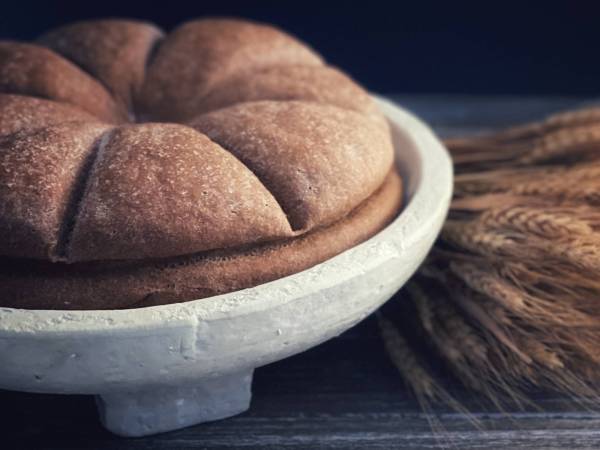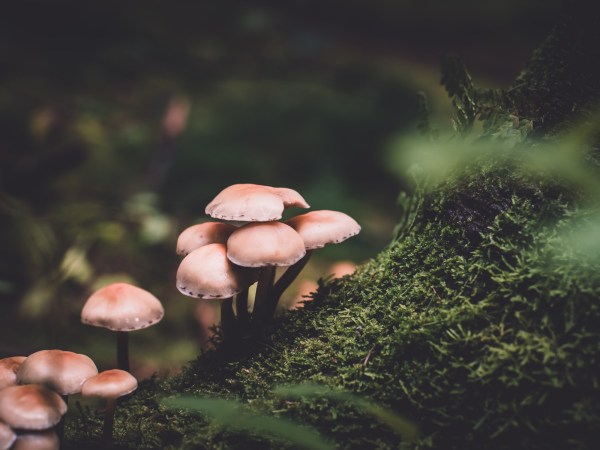

Over the past few months, climate change, the supply chain crisis, and the war in Ukraine have combined to create a major mustard shortage in France, the No. 1 world consumer of the yellow stuff.
There are no signs of the shortage hitting American homes just yet, but in case it does, this may be a good time to get a bag of mustard seeds and learn how to make your own. It’s surprisingly simple, highly customizable, and the science involved in managing mustard’s spiciness is a lot cooler than you may have imagined.
How to make your own mustard
In its most stripped-down form, mustard is just crushed mustard seeds, water, and an acidic agent such as wine or vinegar. Making great—or even just good—mustard requires craftsmanship and creativity, but you can easily experiment to find a unique flavor, or just follow specific recipes.
[Related: Mayonnaise is disgusting, and science agrees]
A good starting point, in our opinion, is the basic American mustard recipe: mild, strikingly yellow, and perfect on a ballpark hot dog. You’re welcome to make your own adjustments to spiciness and texture. The sky’s the limit.
Stats
- Time: 3 to 15 minutes
- Ingredient cost: $5 to $7
- Difficulty: easy
- Yield: 3 ounces
Ingredients
- ¾ cup of any mustard seeds
- ½ teaspoon of salt
- 1 ½ tablespoon of sugar
- 2 tablespoons of white or apple cider vinegar (or wine)
- (Optional) 1 ½ tablespoons of water
- (Optional) ½ cup of mustard powder
- (Optional) ½ teaspoon of turmeric powder
- (Optional) 1 teaspoon of honey
Tools
- Mortar and pestle (or electrical seed grinder)
- Fine mesh strainer
- Jar (or a medium bowl)
- Measuring spoons
Instructions

1. Soak the mustard seeds in water. There are three kinds of mustard seeds: yellow, brown, and black. The darker they are, the spicier they are. American mustard is made with yellow seeds, classic Dijon mustard is made with brown, and the black ones get you something like the relatively obscure Swedish Skånsk senap. You can, of course, experiment with flavors by combining two or all of them.
Start by pouring the seeds into a jar or a tall, jar-like container. Then get some water ready. The temperature of the water is important: the higher it is, the milder your mustard will be. Warm or hot water will keep the condiment from burning your tongue, while room-temperature H2O will ensure the final product has a bit of a kick. There’s some fun science involved, but we’ll explain all that later. For now, cover the seeds with 2 inches of water and let them soak for a couple of hours.
- Pro tip: If you want to skip this and the next step, get mustard powder instead of seeds. The downside is that you’ll have a hard time finding anything other than yellow mustard powder, but it’ll help you get an instantaneous creamy texture with minimal effort.
- Get creative: You don’t necessarily have to add water—what matters is moisture. If you want to experiment by soaking your seeds in beer or another beverage, knock yourself out.
2. Strain the seeds and grind them. You can use a mortar and pestle or give the seeds a quick blitz with a grinder. Either method is good, though the former requires significantly more elbow grease than the latter.
- Pro tip: If you’re using a mortar and pestle, add your salt and sugar. The crystals will make it easier to break the seeds.
3. Add the dry ingredients. Once the seeds have been ground into a paste, mortar and pestle users can add the rest of their dry ingredients. Anyone using an electric grinder will have to add all of them. If you’re using turmeric powder (responsible for American mustard’s bright yellow color) or any other spice or herb, this is your chance to pour them in and mix.
4. (Optional) Add water. If you took the mustard powder shortcut (there’s absolutely no shame in it) add water now. The temperature principle we explained in Step 1 also applies here: the hotter the water, the milder the mustard. Room-temperature or warmer water is perfect for American mustard.
5. Add vinegar or wine. Vinegar has the crucial role of setting the level of spiciness in mustard (more science coming ahead). If you want to give your condiment the biggest kick you can, wait a couple of minutes before you add the vinegar.
6. (Optional) Strain the mustard. If you want mustard with grain and texture, you can leave it as-is. But if you want a creamy paste, you must use a fine mesh strainer to sift the mustard from the crushed seeds. There’s no easy shortcut for this, but some condiment creators recommend using the pestle against a metal strainer to get more out of your effort.
7. Let your mustard rest for 24 to 72 hours. Freshly made mustard is not what you’d call tasty. It’s way spicier than anything you’d buy in the store and has a bitter flavor that’s not particularly pleasant. To keep your taste buds happy, put it in a container and let it rest in the fridge for two to three days. It’ll be milder, creamier, and more enjoyable to eat.
- Pro tip: Just like honey, mustard doesn’t go bad. It might dehydrate, but add a little water or vinegar to it and it’ll be good as new. There’s some captivating science behind that, too.
The science behind mustard
OK, you made mustard, but now we’re at the good part: understanding how to customize your mustard’s spiciness level by managing an enzymatic reaction.
Mustard seeds are like detergent pods, in that they contain compartmentalized compounds that create something new when you crush the seed and the compounds mix together. In this case, there are two ingredients: an enzyme called myrosinase and a specific glucosinolate called sinigrin.
When you crush a mustard seed in a wet environment (like your mouth, or a mortar and pestle with a couple tablespoons of water) the interaction between myrosinase and sinigrin triggers an enzymatic reaction that forms a third compound called allyl isothiocyanate (AITC). This is a highly volatile compound that gives mustard and other hot bites, like wasabi, their signature kick. But if you’ve ever felt wasabi’s unmistakable nasal burn, you know that AITC doesn’t stop at your tongue. Its volatility gives it the ability to travel through your airways and stimulate pain receptors in your nose, too. This is actually a defense mechanism for the mustard plant, ensuring anything that eats its seeds gets a spicy kick in the gut instead of a tasty meal.
Why water temperature is important
At low temperatures, the reaction between myrosinase and sinigrin is very slow. If you make mustard with cold water, you’ll have to let your homemade condiment rest a bit if you want it to get spicier. But make the water too hot, and you’ll deactivate the myrosinase completely, stopping the reaction in its tracks. There’s no specific threshold, but the optimum temperature, according to Loong-Tak Lim, food science professor at the University of Guelph in Canada, is somewhere between room temperature and slightly elevated room temperature.
[Related: Heinz’s new ‘Marz’ ketchup is kinda sorta made from Martian tomatoes]
But that’s not all: enzymes are also picky about acidity. If pH levels are anything but optimum, the AITC production process grinds to a halt. Extreme pH levels, like in vinegar, completely inhibit myrosinase, so when you add it to your DIY mustard, you’re basically fixing your condiment’s spiciness level where it is at that moment in time.
“All the culinary tricks and trade secrets are based on modulating this enzymatic reaction,” Lim says.
Why mustard doesn’t go bad
Beyond being helpful as a defense mechanism for mustard plants and delicious on our pretzels and bratwursts, AITC is also an incredibly effective antimicrobial agent. This is why mustard doesn’t go bad, and AITC can even transfer those preserving powers to other food around it. That blob of wasabi you find in the corner of prepackaged sushi trays at the grocery store is not only there for its flavor: the AITC-releasing blob is also there to make the fish stay fresh for longer.
“If they were to remove it, the product would spoil very quickly,” Lim explains. “The presence of that blob of wasabi can put a stop to microbial growth for a significant time.”
That’s not to say you should start washing your hands with mustard, but hopefully, you’ll close this window with a newfound appreciation for that spicy gold. And hopefully, you try making your own because it’s fun, and not because shelves have been stripped of this delicious, creamy condiment.
